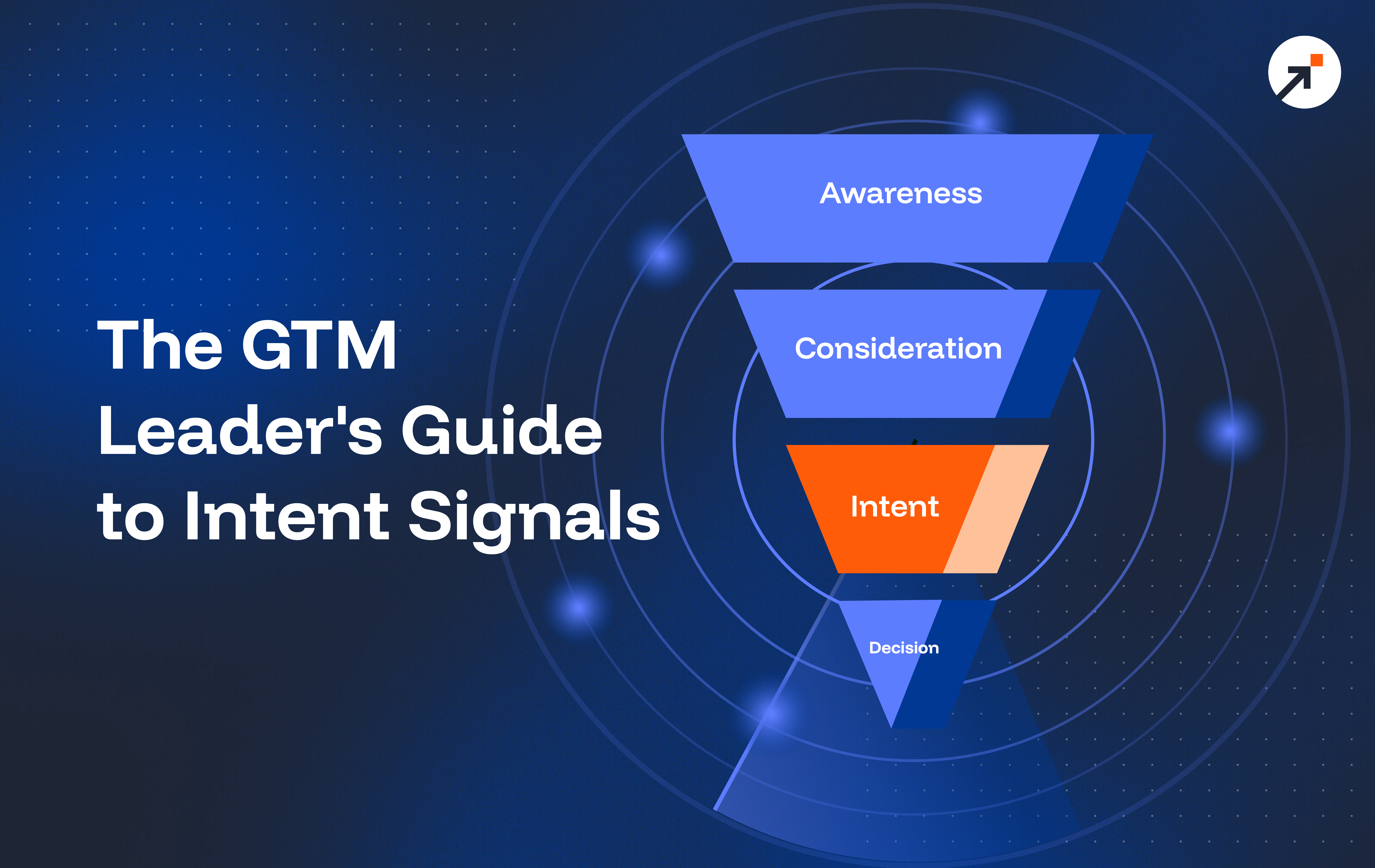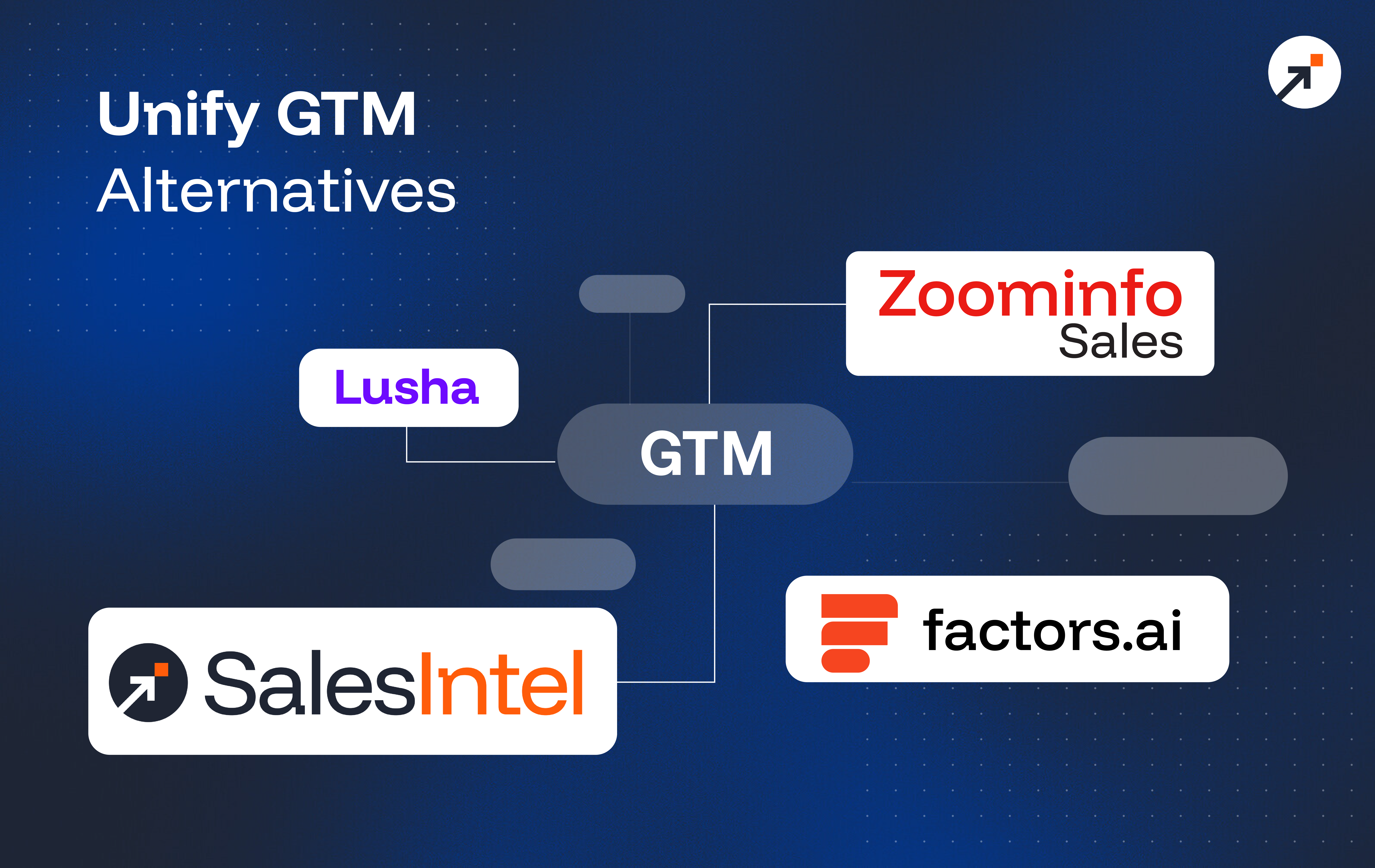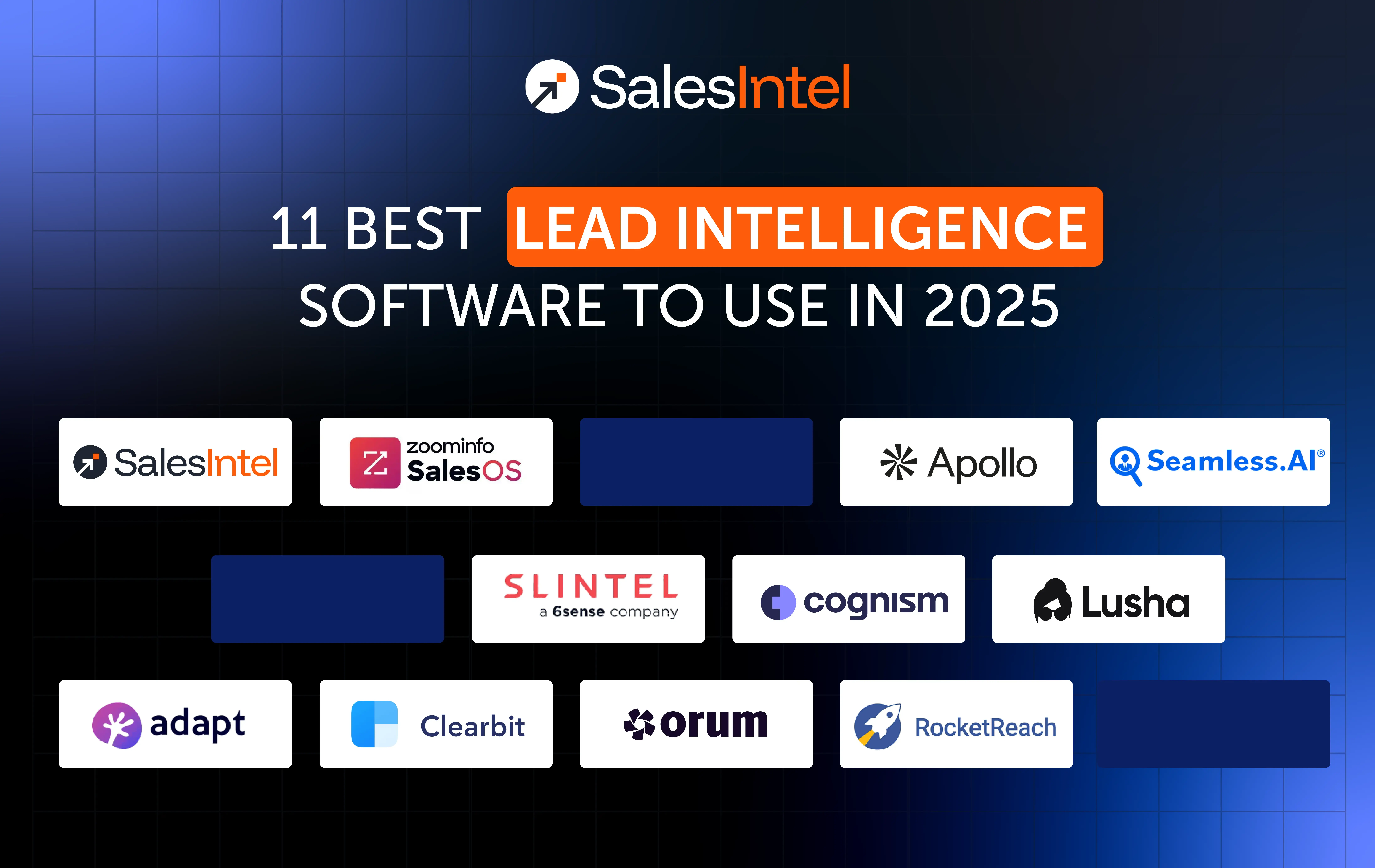What is Revops Automation
Revenue operations (RevOps) automation refers to the use of technology to automate repetitive and time-consuming tasks within the revenue-generating processes of a business. This can include tasks such as lead generation, lead nurturing, forecasting, and reporting. The goal of RevOps automation is to improve efficiency, accuracy, and scalability while reducing the need for manual effort and human error.
What is Revops Automation Platform
A revenue operations (RevOps) automation platform is a software that allows businesses to automate their revenue-generating processes by providing a centralized and integrated system for managing tasks such as lead generation, lead nurturing, forecasting, and reporting. These platforms can help businesses improve efficiency, accuracy, and scalability while reducing the need for manual effort and human error. They typically include features such as data analytics, CRM integration, workflow management, and automated communications.
What is a Revops Performance Platform
A revenue operations (RevOps) performance platform is a tool or system that helps businesses optimize and streamline their revenue-generating processes by providing data, analytics, and automation capabilities.
According to the analyst firm Forrester, in the months and years ahead, enterprise investments in automation technology will rapidly increase.
For many of these enterprises, that investment will center around the Revenue Operations department. This is because automation technology has the promise to increase the efficiency of many functions crucial to revenue generation. It also has the potential to increase the ability of RevOps to achieve mission-critical company goals, such as accelerating sales velocity.
The catch, however, is that for automation technology to achieve successes like increasing sales velocity in the RevOps context, it must be strategically and correctly implemented. To this end, many companies and RevOps teams fundamentally misunderstand how to best put technology like automation to good use.
As it would happen, succeeding with automation platforms is one thing our team at Tonkean has been focused on for the better paper of the last decade, having built an adaptive, hyper-automated, no-code platform designed to help companies optimize their unique mix of processes, people, and systems—and this very much includes automation systems. What we can tell you is this: there’s 100% a right way to go about infusing your operations with automation, and a wrong way. And knowing the difference – so that your RevOps department can get the most out of this technology – is crucial to competing in today’s marketplace.
There are, of course, many integration best practices to remember, but below we’ve detailed a few of the most crucial you should focus on to start.
Use automation to optimize entire processes instead of replacing people or automating individual tasks.
One key misconception about automation platforms is that they only exist to replace people or automate individual tasks.
This couldn’t be further from the truth. In fact, not only does using automation to these ends limit the return you can get from the technology, it can be actively damaging. The components that make up your company’s operational infrastructure and the infrastructure of your RevOps department are by nature symbiotic. No function or person operates in a silo. Changes made to one aspect of a workflow, like introducing a form or chatbot to handle inbound leads, for example, invariably implicates stakeholders up and down that workflow. Often, it forces those stakeholders to change their behavior. More damagingly, it introduces bottlenecks and technology gaps.
To improve the efficiency of the orchestra or accelerate the speed with which it’s able to close deals, any and all improvements made must be holistic in scope. It’s never enough to just automate individual tasks, or even empower individual employees with some new powerful tool. The individual components that make up your company’s operations are like instruments in an orchestra. To truly increase efficiency, or speed up your ability to close deals (to elevate the orchestra’s overall performance of the orchestra so to speak) your strategies and solutions need to be holistic.
This is why it’s crucial to use automation to improve or augment entire processes. This is where a platform like Tonkean comes in. What Tonkean provides is a way for you as your company’s chief process and people orchestrator to make necessary holistic, process-level optimizations to your company’s operational infrastructure that improve your operations as a whole. It’s an operating system for seamlessly improving the orchestra.
Be strategic in determining who will be in charge of managing the implementation of the automation platform in question.
To understand how exactly to augment processes and workflows holistically, you must possess a holistic understanding of your company or department’s operational infrastructure.
This is why it’s so important to ensure operations teams are the ones leading the charge in implementing automation. Operations teams—such as Revops teams—are the teams who actively manage the intersection of people, systems and processes that power companies. As such, they’re uniquely equipped with the insight and understanding required to use automation software to successfully augment those people, processes and systems.
More specifically, either your COO or your Head of RevOps should determine how automation is implemented. Such leaders are, to continue the metaphor, akin to the conductors of your company’s orchestra. They possess a thorough understanding of how the individual components of your company work in tandem; what limitations are currently holding team-members back; as well as how one change to an element of a given workflow inevitably begets others.
Maintain a “human-in-the-loop.”
It’s said that quality data is essential to effective utilization of data platforms. This is true. What’s also true is that quality data and inspired people are essential to the effective utilization of automation platforms. Automation, as we’ve already discussed, should be thought of as a means of optimizing your operations as a whole by augmenting your processes, systems, and people holistically. You can’t do that by replacing people or automating individual tasks. Using automation to that end introduces chaos. So how can you do it?
One answer: keep a human-in-the-loop.
Automation cannot on its own solve the business process challenges of rigidity and inefficiency from which many RevOps departments suffer. Nor can it actually make people’s’ lives easier. This is because that’s not really what most automation technology available today was designed to do. Most automation tools today were made for transferring data from one platform to another, extracting data from forms, or generating a non-actionable email, for example.
For automation to be used most effectively, it must be guided by something automation technology on its own can’t provide: nuance. How can one so guide their use of automation? By giving the most strategic people responsibility to implement it; by approaching the implementation process with an appreciation of thinking holistically; and by keeping a human-in-the-loop in the day-to-day use of the platform.
You can think of a “human-in-the-loop,” once again, as a kind of conductor—someone who can manage technology’s use and make adjustments as needed.
Automation-augmented processes that run under the oversight of such a conductor prove more efficient, more flexible, and adaptive. The presence of a human who can make adjustments to the process if needed, or shepherd certain steps to completion, guarantees that the process never breaks down. A human-in-the-loop can mitigate edge cases and make crucial judgment calls when needed—something no automation tool would ever reliably be able to do on its own.
At the end of the day, it’s 100% true that automation has the potential to accelerate sales velocity and increase efficiency in the RevOps context without introducing more complexity or burdening your employees. But automation solutions are not silver bullets, and they’ll only exact such benefits if you go about implementing and using them the right way.




